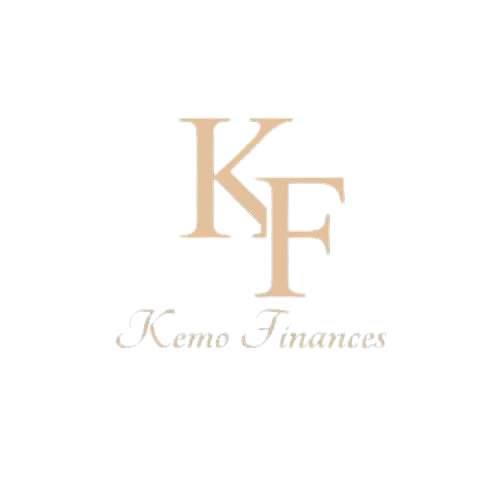Understanding the intricate relationship between language, music, and game design offers profound insight into how cultures shape and are shaped by rhythm. These elements are never isolated; they resonate across time, echoing in speech patterns, musical meter, and the structured flow of play. From ancient drum circles to modern grid-based video games, rhythm acts as both a communicative tool and a social glue, binding communities through shared cadences and cooperative challenge.
The roots of slang, musical rhythm, and game design lie in shared human experience—especially in how rhythm fosters connection. In early pre-literate societies, drumming was not merely entertainment; it was a language. These percussive signals communicated messages, coordinated group movement, and reinforced social bonds—patterns that persist in today’s rhythmic slang and competitive play. The syncopated beats once used to signal danger or unity now pulse beneath the cadence of hip-hop lyrics and the timing of board games, revealing a deep cultural continuity.
The Sonic Blueprint: Rhythmic Foundations of Slang and Gameplay
Musical meter and spoken rhythm are twin engines driving the evolution of vernacular and play. Early drum-based communication relied on predictable yet expressive timing—measuring intervals, signaling turns, and building tension through repetition. These same principles infiltrated vernacular speech, where cadence, stress, and pause create meaning. In traditional oral cultures, rhythmic speech encoded identity, emotion, and social status—much like how modern slang uses rhythm to signal belonging and rebellion. The syncopation found in hip-hop’s lyrical flow mirrors the off-beat challenges in games like chessboxing or escape room puzzles, where timing and unpredictability are central.
- Drum patterns from West African traditions influenced early jazz and later hip-hop, embedding syncopation into global slang and rap cadence.
- Game timing—whether in timed rounds or turn-based mechanics—relies on rhythmic consistency, paralleling the flow of lyrical rhyme schemes.
- Grid-aligned board games like Senet or Go reflect musical phrasing through spatial order and turn sequencing.
From Beat to Buzzwords: The Linguistic Dance in Musical and Game Cultures
Lyrical innovation in hip-hop exemplifies how musical rhythm reshapes slang. Artists manipulate syllable stress, repetition, and internal rhyme to craft memorable phrases that evolve into widespread vernacular. This mirrors game challenges where timing and pattern recognition are rewarded—think timed quizzes or rhythm-based games like Beat Saber or Guitar Hero, where rapid response builds fluency and identity.
“Rhythm is the pulse of meaning—whether in a phrase shouted across a crowd or a move executed with precision in a game.”
The emergence of game-inspired slang—such as “respawn,” “camp,” or “noob”—demonstrates how competitive play generates shared lexicon rooted in timing, turn-taking, and rhythm. These terms carry both literal and metaphorical weight, reflecting strategic shifts and social dynamics. Similarly, repetitive vocal patterns in games and chants in street culture reinforce memorability and group cohesion.
- Competitive play fosters lexicon born from rhythm—synchronized shout-outs, turn-based exchanges, and vocal cues.
- Repetition in music and gameplay strengthens neural pathways, embedding slang and rules into cultural memory.
- Digital voice chat and streaming amplify this synergy, turning real-time rhythm into viral linguistic trends.
Grid Logic and Cultural Synchrony: The Grid as Shared Rhythm Space
Game boards and musical phrasing both operate on temporal logic—sequences of beats and steps that guide action. Grid-based systems, from ancient Senet to modern digital games, mirror the structured spontaneity found in jazz improvisation or call-and-response chants. These spaces create predictable yet fluid frameworks where players think rhythmically, anticipating moves and timing responses.
Studies in cognitive science show that navigating grids activates brain regions linked to rhythm processing and spatial memory. This suggests a deep neurological alignment between organizing visual space and internalizing rhythmic patterns—a bridge between visual design, musical phrasing, and social coordination.
| Grid Element | Rhythmic Parallel | Cultural Function |
|---|---|---|
| Game boards | Measured steps and turns | Structured progression and turn-based order |
| Musical measures | Phrasing and meter | Temporal flow and emotional arc |
| Puzzle layouts | Spatial challenge sequencing | Cognitive rhythm and problem-solving |
This spatial-rhythmic logic reveals how grids function as cultural memory devices—mapping thought, movement, and interaction in ways that resonate across time and medium.
Bridging Rhythm and Rebellion: Slang, Music, and Games as Cultural Counterpoints
Rhythm has long been a tool of identity and resistance, especially within marginalized communities. In hip-hop, syncopated beats and coded slang became vehicles for storytelling and defiance, mirroring how drum circles in African diasporic cultures preserved heritage and signaled solidarity. Gameplay, too, has served as a space of rule-bending and creative expression—where unconventional moves challenge norms, much like experimental rhythms subvert tradition.
“Rhythm is not just sound—it’s a language of resistance and belonging.” This duality persists: from protest chants set to syncopated rhythms to gaming communities crafting subversive memes and jargon, rhythm fuels both unity and rebellion.
These cultural codes strengthen community bonds across generations, echoing the enduring power of rhythm as a shared pulse that transcends time and medium.
From Past to Present: Sustaining the Rhythmic Thread in Modern Culture
The legacy of rhythmic traditions lives on in today’s digital culture. Contemporary slang continues to evolve through rhythmic phrasing, algorithmic music adapts to temporal flow, and procedural game grids embed cultural rhythm into interactive design. Platforms like TikTok, Twitch, and procedural game environments merge speech, sound, and play into dynamic rhythmic ecosystems.
